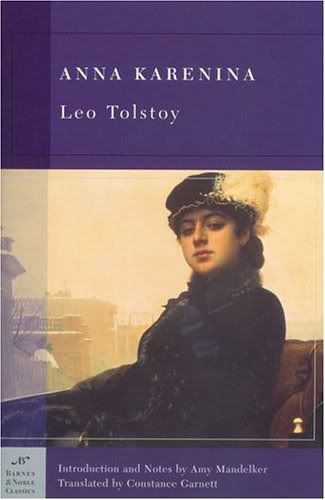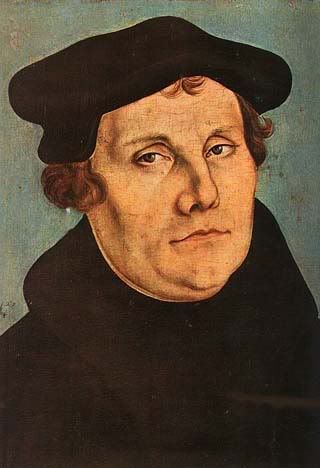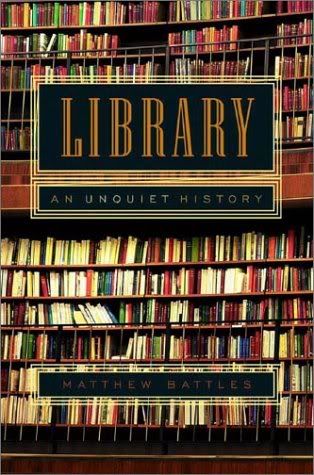Last week I finished reading Anna Karenina. It was tragic,
depressing, passionate, inspiring – with a cast of unforgettable characters and
many themes. This story is tightly woven, consisting of a few families that are
related in some way, by blood or by marriage. There are many themes in this
novel, including inevitable social change in Russia, farming techniques, family
life, forgiveness, adultery, death, and marriage. It’s heavy, thoughtful
reading – and it often led me to become philosophical and/or thoughtful at
times. Be warned – my review/synopsis is rife with spoilers that give away the
plot of the book. If you haven’t read it, this blog post might take the
enjoyment out of the various surprises and plot twists.

Levin, one of the two major protagonists, was the easiest
character for me to identify with. His religious struggle, his search for
meaning in his life, his social awkwardness, and his inability to understand
(or tolerate) bureaucracy mirrored some of my own life experiences. His love
for the country, for hunting, and for the general welfare of the peasants
working on his land endeared me to him quickly. He’s a deep man; he likes to
read philosophy – but he busies himself not with an academic occupation, but
with a hands-on, labor-intensive one: agriculture. I almost cried for him when
Kitty refused his first proposal – it speaks to Tolstoy as a writer that I felt
Levin’s anguish at being rejected. Levin is independent and thinks for himself
– but does not purposefully challenge society like Anna does.
Anna, the second protagonist, looks to me like a woman who
lets her feelings and moods dictate her life. She is led around by love, by
hate, by the refusal of shame. She’s a victim of the double-standard that still
exists in society today: if a man is unfaithful, it is ignored – when a woman
is unfaithful, she meets with scorn and derision. Regardless, put up next to
Levin’s search for happiness – which is for the most part spiritual - Anna’s
search for emotional and physical happiness seems selfish in comparison. She eventually
performs the ultimate selfish act – suicide – by throwing herself beneath the
wheels of a train. She is a tragic character – one who desires love, but is
never satisfied; one who desires happiness, but is never satiated.
Vronsky, Anna’s lover, is to me, a repulsive character. He
is designed as a hero character, with flaws, yes, but someone to be admired. To
be completely honest, I found him petty and shallow. He cared more about how
Anna’s damaged status affected his rank in society than he cared about his proposed
love’s pain. He cared much about making his child truly his – since their child
was born while Anna was married to Alexy Karenin, the child is officially and
legally a Karenin, not a Vronsky. He is self-centered and petty. He does have
one outstanding quality – although his love for Anna eventually fades a little,
he still does love her, and mourns at her passing.
Anna’s husband, Alexei Karenin, is a high-level bureaucrat
with little personality. He is emotionally self-contained and is not very
affectionate towards his wife. He has a son with Anna, Seryozha, with which he
is unable to truly connect. Anna loves her son dearly, which is much different
from the new daughter with Vronsky – she doesn’t seem to be able to connect
with her, and lets the staff take care of the baby. Alexei uses this love to
his advantage – treating his son as a pawn in game that is the relationship
between him and Anna. Later, Alexei is deeply influenced by a society woman who
is interested in religion and spirit mediums to refuse a divorce – which influences
Anna’s suicide.
There are many other characters that come alive in this novel:
Sergei Ivanovich, Levin’s half-brother, is a cold intellectual
and writer. He and Levin often duel intellectually. While Levin’s arguments
sound well-thought-out and well-rounded, Sergei’s seem cold and rigid, and not
backed up by any serious thinking or experience. Levin’s brother Nikolai is sickly
and thin – he’s an intellectual radical and a drinker. He is cared for by his
reformed prostitute girlfriend, Marya. He is a short-lived character, but a pivotal
one – his sickness and death is a catalyst for Levin’s spiritual anguish.
Stepan(Stiva) is Anna’s brother, a man who lives for
enjoyment and thinks of responsibility later. He has constant money problems
throughout the book, and he also indulges in affairs. The first affair starts
off the book, with Anna being called in to reconcile the couple. His actions in
this regard – the affair – highlight the double standard of adultery. He is
chastised lightly, and continues to have affairs, while Anna does the same
thing – and is shunned by society and disgraced. Despite this, he is a bright,
happy character that it’s hard not to love. He is boisterous and charming, and
I was delighted when I read that his wife lamented the rouble he spent sending
her a telegram to inform her of some political matter that she could care less
about. He sent it, she said, because when he has a few drinks, he can’t help
but do it. Ladies and gentlemen, this here is a 19th century
DRUNK-DIAL!
Stiva’s wife Dolly is a Shcherbatsky – and sister to another
character, Kitty. Dolly has several children with Stiva, and seems to revel in
motherhood - and although she does contrast her life with that of Anna (to be
free!), she decides she loves her children more than she would enjoy the
freedom that she would gain by leaving them. Sadly, Dolly spends most of the
book as a victim – of her husband, his infidelity and irresponsibility- and not
until later in the book do we actually hear some of her candid thoughts. By the
end of the book, she transformed – she was caring, faithful and loving towards
her family and friends – in fact, she was one of the only people who would
visit Anna despite her ruined reputation.
Dolly’s sister, Kitty is an interesting character. Although naïve
and sheltered, she is loving, religious, and eventually, an attentive wife and
mother. Her light, airy religious beliefs contrast to that of her husband, who
is consumed with thoughts of death, the meaning of life, and his own mortality.
Prince Shcherbatsky (Kitty,
Dolly, and Natalie’s father) favors Levin for a suitor of his
daughter in the beginning of the novel, while the Princess unwisely prefers
Vronsky. When Vronsky fails to do what is expected of him – propose – it doesn’t
take long for the couple to argue, then make up. The impression that I got of
their marriage was positive – it was a healthy, loving marriage – they aren’t
afraid to fight, and they make up quickly – they are very well suited for each
other. I also believe that they have the best interests at heart for their
children – even if they disagree on the action to be taken.
In the end, Levin resolves his spiritual anxiety and
delights in being a good husband and father, while Anna’s unhappiness drives
her to a desperate act. They stand in stark contrast to one another, although
what they were searching for was the same: happiness.



